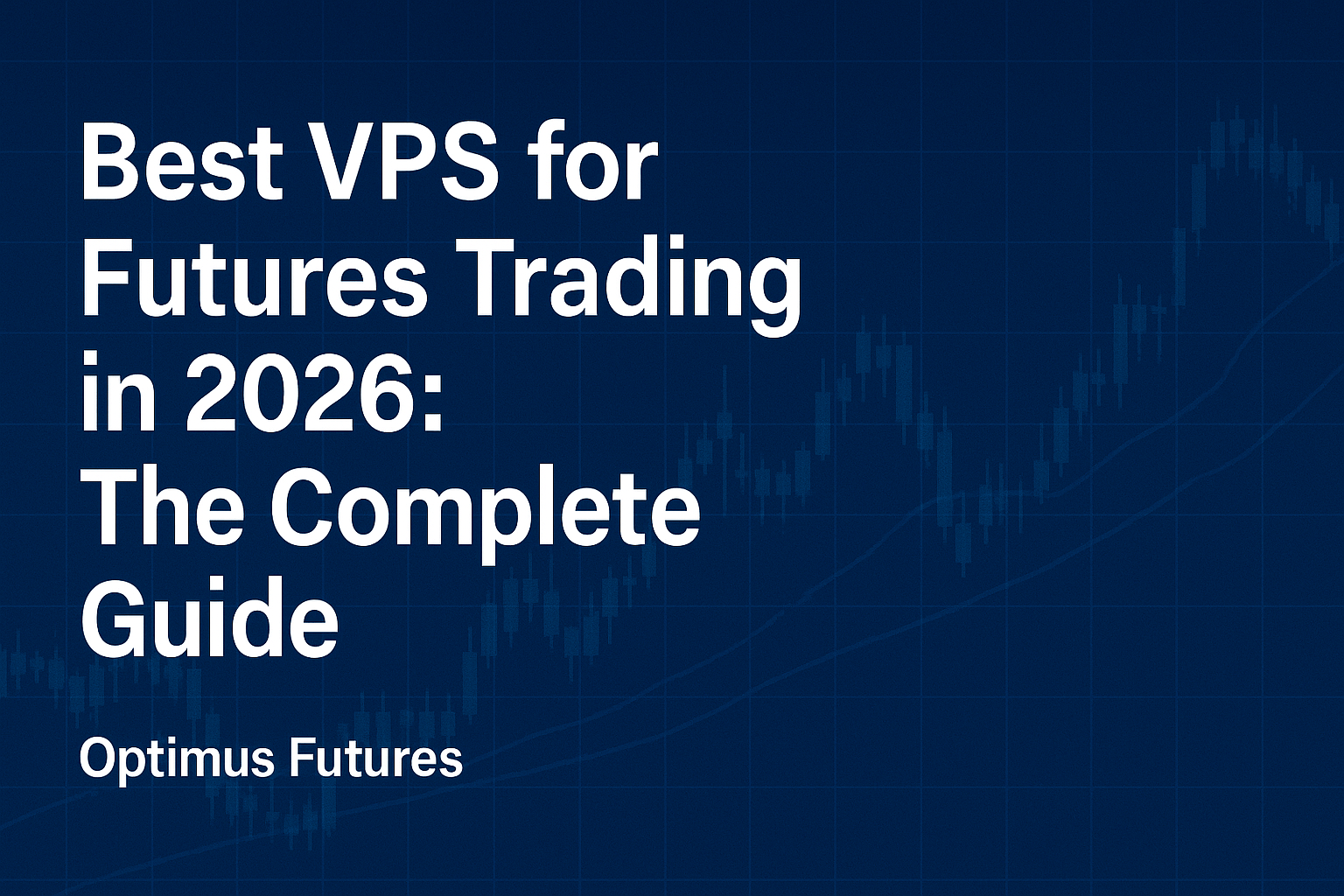Bollinger Bands® are a tool used for the technical analysis of securities created by John Bollinger in the early 1980s. They are comprised of a moving average of period N (simple and exponential moving averages are popular choices) and an “envelope” created by an upper and lower band, which are each K times an N-period standard deviation away from the moving average.
This indicator is popular with traders because it automatically adjusts to volatility currently being experienced in a particular market. Rather than “forcing” the width of an envelope on a market, Bollinger Bands® “listen” to the market, self-adjust and allow traders to plan their trades accordingly. They may be used on intra-day, daily, weekly and even monthly charts.
A 15-minute chart of the E-mini S&P 500 June 15 contract is presented with a 2-standard deviation Bollinger Bands® overlay using a 20-period simple moving average. While there are several valid interpretations of Bollinger Bands® (if it works – use it,) Mr. Bollinger has noted several common characteristics of markets analyzed using the them:
- Sharp price changes tend to occur after the bands tighten, after volatility lessens.
- When prices move outside the bands, a continuation of the current trend is implied.
- A move that originates at one band tends to go all the way to the other band. This observation is useful when projecting price targets.
While these are not hard and fast rules, they do give traders insight into where prices may head in the near future. We will examine each of these scenarios using our 15-minute ES chart.
Chart created using MultiCharts. ©MultiCharts LLC, 1999-2015. All rights reserved.
Sharp Price Changes after Volatility Contraction
Over the late evening of April 8, prices of the ES entered a period of low volatility (as they often do in the evening,) as evidenced by the width of the envelope created by the upper and lower bands narrowing substantially. Bollinger Bands® observers could have used this fact to anticipate a coming sharp move in price.
On its own, the evening contraction in volatility did not give traders information as to which direction the move in price would take. Only that an expansion in volatility or a sharp price change was likely.
Luckily, Bollinger Bands can give traders information as to the likely direction of price changes as well.
Chart created using MultiCharts. ©MultiCharts LLC, 1999-2015. All rights reserved.
When Price Moves outside Bands, Look for Continuation
After the contraction in volatility observed in the late evening, traders could have been on the lookout for a sharp prices move up or down.
Information as to the direction this price move was going to make could be gleaned when prices moved and closed below the lower band, just before midnight. This was accompanied by an increase in volatility, causing the width of the Bollinger Bands® envelope to increase as well.
Prices continued to move lower and volatility continued to increase until about 4:30 am when a price reversal was finally observed. This brings us to a third common feature of markets analyzed using Bollinger Bands®.
Chart created using MultiCharts. ©MultiCharts LLC, 1999-2015. All rights reserved.
Moves Starting at One Band Tend to Continue to the Other
The use of Bollinger Bands® alone would not have given enough information to predict the end of the downward trends that began late in the evening. However, other observable data such as the Relative Strength Index (RSI) and the increase in volatility could have given traders an idea that a key reversal was in place.
Traders who successfully bought this reversal could have used the upper band to set a price target. Prices moved quickly to the upper band just before 7:00 am, and then headed lower. This move to the upper band coincided with overbought RSI readings.
Chart created using MultiCharts. ©MultiCharts LLC, 1999-2015. All rights reserved.
The possible uses of Bollinger Bands® are almost limitless and not confined merely to futures markets: they can be used to analyze almost any series of data. However, using Mr. Bollinger’s original interpretation, especially when combined with other indicators, such as RSI and price-volume analysis, as well as fundamental analysis, traders are provided with a powerful tool to potentially help make well-informed technical trading decisions.
Please be advised that trading futures and options involves substantial risk of loss and is not suitable for all investors. Past performance is not necessarily indicative of future results. This matter is intended as a solicitation to trade.







